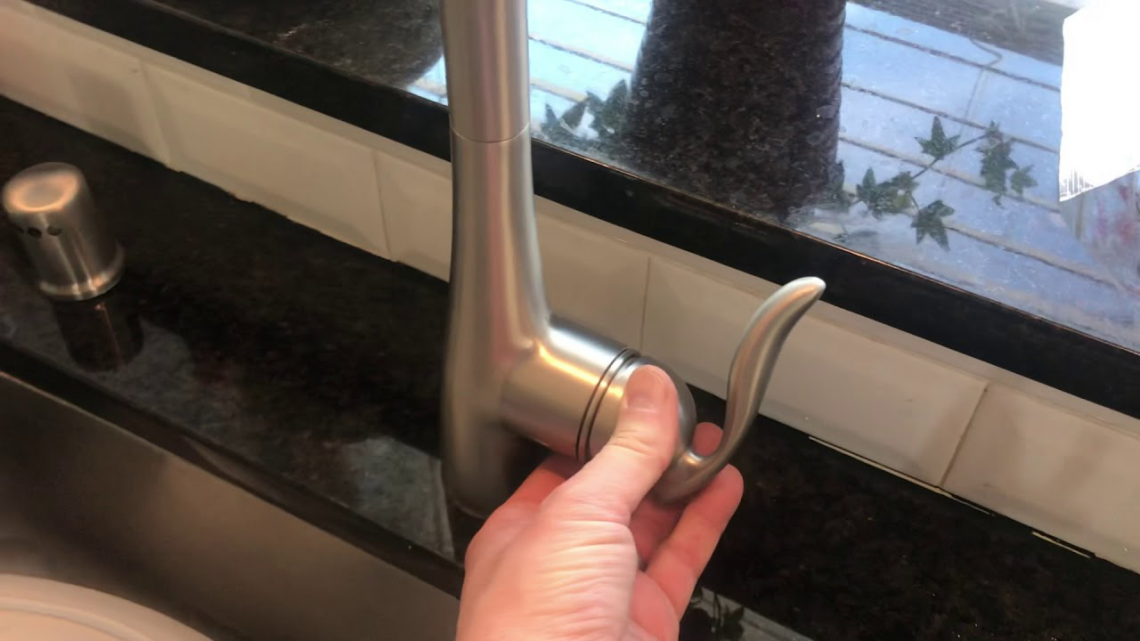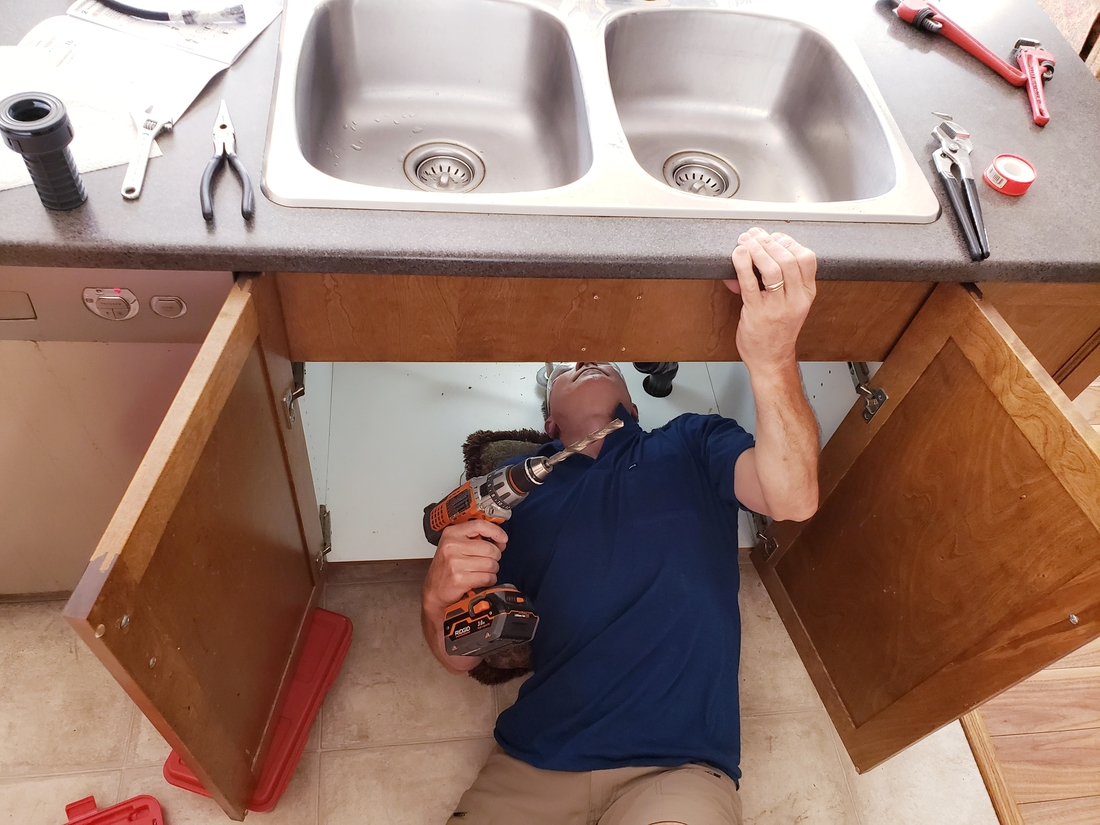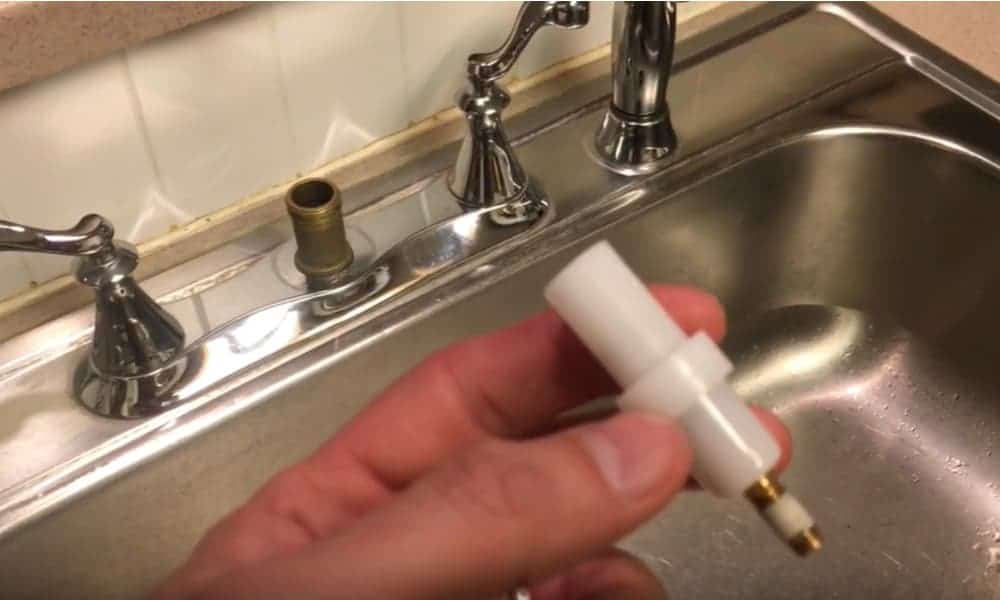How to Change a Kitchen Sink Faucet
Changing a kitchen sink faucet may seem like a daunting task, but with the right tools and knowledge, it can be a simple and rewarding DIY project. Not only can a new faucet update the look of your kitchen, but it can also improve water flow and functionality. Follow these steps to successfully change your kitchen sink faucet.
Replacing a Kitchen Sink Faucet
Before you begin, it's important to choose a faucet that fits your needs and budget. Consider the style, finish, and features that you want in a faucet. Once you have your new faucet, it's time to replace the old one. Start by turning off the water supply to the sink. This can usually be done by turning off the shut-off valves under the sink. If you don't have individual shut-off valves, you will need to turn off the main water supply to your home.
Step-by-Step Guide for Changing a Kitchen Sink Faucet
1. After turning off the water supply, turn on the faucet to release any remaining water pressure.
2. Use a wrench to loosen and remove the nuts holding the old faucet in place.
3. Once the nuts are removed, lift the old faucet out of the sink.
4. Clean the area around the sink to remove any old caulk or debris.
5. Place the new faucet in the sink and secure it with the mounting nuts.
6. Apply a thin layer of plumber's putty or silicone caulk around the base of the faucet to create a watertight seal.
7. Connect the water supply lines to the new faucet, making sure they are tightly secured.
8. Turn the water supply back on and check for any leaks.
9. If there are no leaks, turn off the water and apply a bead of caulk around the base of the faucet to further seal it.
10. Turn the water back on and test the new faucet to ensure it is working properly.
DIY Kitchen Sink Faucet Replacement
With the right tools and instructions, replacing a kitchen sink faucet is a DIY project that can save you money and give you a sense of accomplishment. Make sure to have all the necessary tools on hand before you begin, such as an adjustable wrench, pliers, and a putty knife. It's also a good idea to have someone to assist you during the process.
Tools Needed for Changing a Kitchen Sink Faucet
- Adjustable wrench
- Pliers
- Putty knife
- Plumber's putty or silicone caulk
- New faucet
- Towels or rags
Tips for a Successful Kitchen Sink Faucet Replacement
- Read the instructions that come with your new faucet before beginning.
- Take pictures of the old faucet and its connections for reference.
- Turn off the water supply before starting.
- Use a towel or rag to cover the drain to prevent any small parts from falling down it.
- Don't overtighten any connections, as this can cause damage.
Choosing the Right Kitchen Sink Faucet for Your Needs
When it comes to choosing a new kitchen sink faucet, there are a few factors to consider. The style and finish should match your kitchen's decor, and the features of the faucet should fit your needs. Some popular features to look for include pull-down sprayers, touchless operation, and water filtration systems.
Common Problems When Changing a Kitchen Sink Faucet
While changing a kitchen sink faucet is generally a straightforward process, there can be some issues that arise. One common problem is a leaky faucet, which can be caused by loose connections or worn out washers. Another issue is low water pressure, which can be caused by mineral buildup in the faucet's aerator. If you encounter any problems, refer to the manufacturer's instructions or consult a professional plumber.
Professional vs. DIY Kitchen Sink Faucet Replacement
Hiring a professional to replace your kitchen sink faucet can be a convenient and time-saving option, but it can also be costly. By DIYing the project, you can save money and learn a new skill. However, if you're not comfortable with plumbing or encounter any issues, it's best to hire a professional to ensure the job is done correctly.
Costs Associated with Changing a Kitchen Sink Faucet
The cost of changing a kitchen sink faucet can vary depending on the type of faucet you choose and whether you hire a professional or DIY the project. On average, a basic faucet can cost anywhere from $50 to $150, while more high-end options can cost upwards of $500. Hiring a professional can cost anywhere from $150 to $500, depending on the complexity of the project.
Changing a kitchen sink faucet may seem like a daunting task, but with the right tools and knowledge, it can be a simple and rewarding DIY project. By following these steps and tips, you can successfully change your kitchen sink faucet and enjoy a fresh new look in your kitchen.
Why Change Your Kitchen Sink Faucet?

Improve Functionality and Efficiency
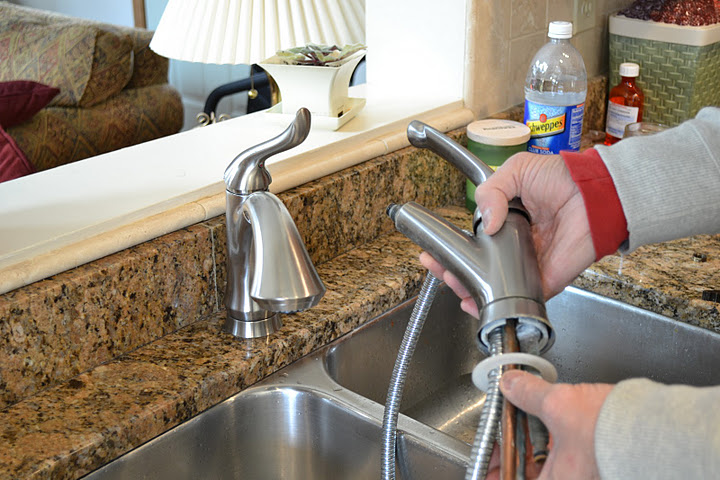 Changing your kitchen sink faucet may seem like a minor upgrade, but it can actually have a big impact on the functionality and efficiency of your kitchen. Over time, faucets can wear out and become difficult to turn or leaky, making daily tasks like washing dishes or filling up a pot of water a frustrating experience. By upgrading to a new faucet, you can ensure smooth and easy operation, saving you time and effort in the kitchen.
Changing your kitchen sink faucet may seem like a minor upgrade, but it can actually have a big impact on the functionality and efficiency of your kitchen. Over time, faucets can wear out and become difficult to turn or leaky, making daily tasks like washing dishes or filling up a pot of water a frustrating experience. By upgrading to a new faucet, you can ensure smooth and easy operation, saving you time and effort in the kitchen.
Enhance the Aesthetic of Your Kitchen
 Not only can a new kitchen sink faucet improve functionality, but it can also enhance the overall aesthetic of your kitchen. With a wide range of styles and finishes available, you can easily find a faucet that complements your kitchen design. Whether you prefer a classic and timeless look or a sleek and modern one, a new faucet can instantly elevate the appearance of your space.
Not only can a new kitchen sink faucet improve functionality, but it can also enhance the overall aesthetic of your kitchen. With a wide range of styles and finishes available, you can easily find a faucet that complements your kitchen design. Whether you prefer a classic and timeless look or a sleek and modern one, a new faucet can instantly elevate the appearance of your space.
Save Money on Water Bills
 Did you know that changing your kitchen sink faucet can also save you money in the long run? Old and leaky faucets can waste a significant amount of water, leading to higher water bills. By investing in a new, water-efficient faucet, you can reduce your water usage and save money over time.
Did you know that changing your kitchen sink faucet can also save you money in the long run? Old and leaky faucets can waste a significant amount of water, leading to higher water bills. By investing in a new, water-efficient faucet, you can reduce your water usage and save money over time.
Add Value to Your Home
 If you're considering selling your home in the future, upgrading your kitchen sink faucet can be a smart investment. Potential buyers are often drawn to updated and modern kitchens, and a new faucet can be a simple yet impactful upgrade that adds value to your home.
In conclusion,
changing your kitchen sink faucet can bring a variety of benefits, from improved functionality and aesthetics to cost savings and increased home value. With so many options available, it's easy to find a faucet that meets your needs and enhances your kitchen design. So don't hesitate to make this small but impactful change in your kitchen, and enjoy the many benefits it brings.
If you're considering selling your home in the future, upgrading your kitchen sink faucet can be a smart investment. Potential buyers are often drawn to updated and modern kitchens, and a new faucet can be a simple yet impactful upgrade that adds value to your home.
In conclusion,
changing your kitchen sink faucet can bring a variety of benefits, from improved functionality and aesthetics to cost savings and increased home value. With so many options available, it's easy to find a faucet that meets your needs and enhances your kitchen design. So don't hesitate to make this small but impactful change in your kitchen, and enjoy the many benefits it brings.
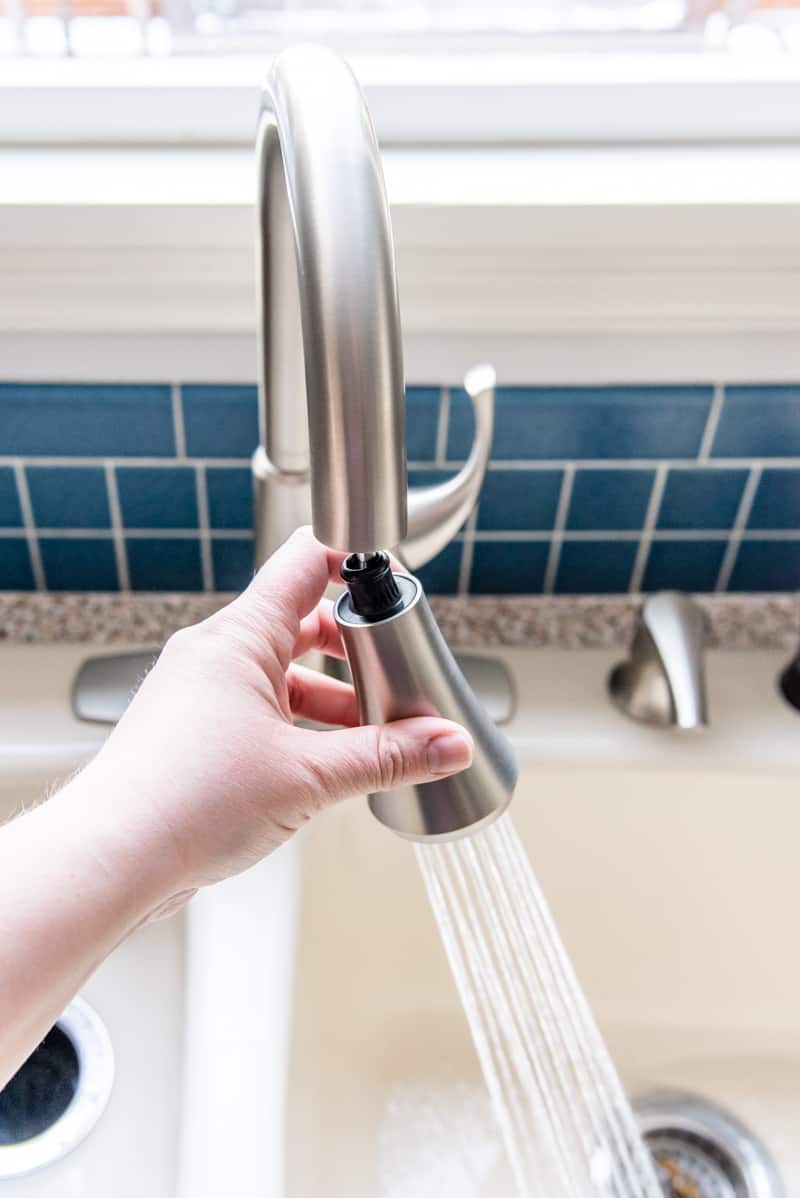

















:no_upscale()/cdn.vox-cdn.com/uploads/chorus_asset/file/19495086/drain_0.jpg)















